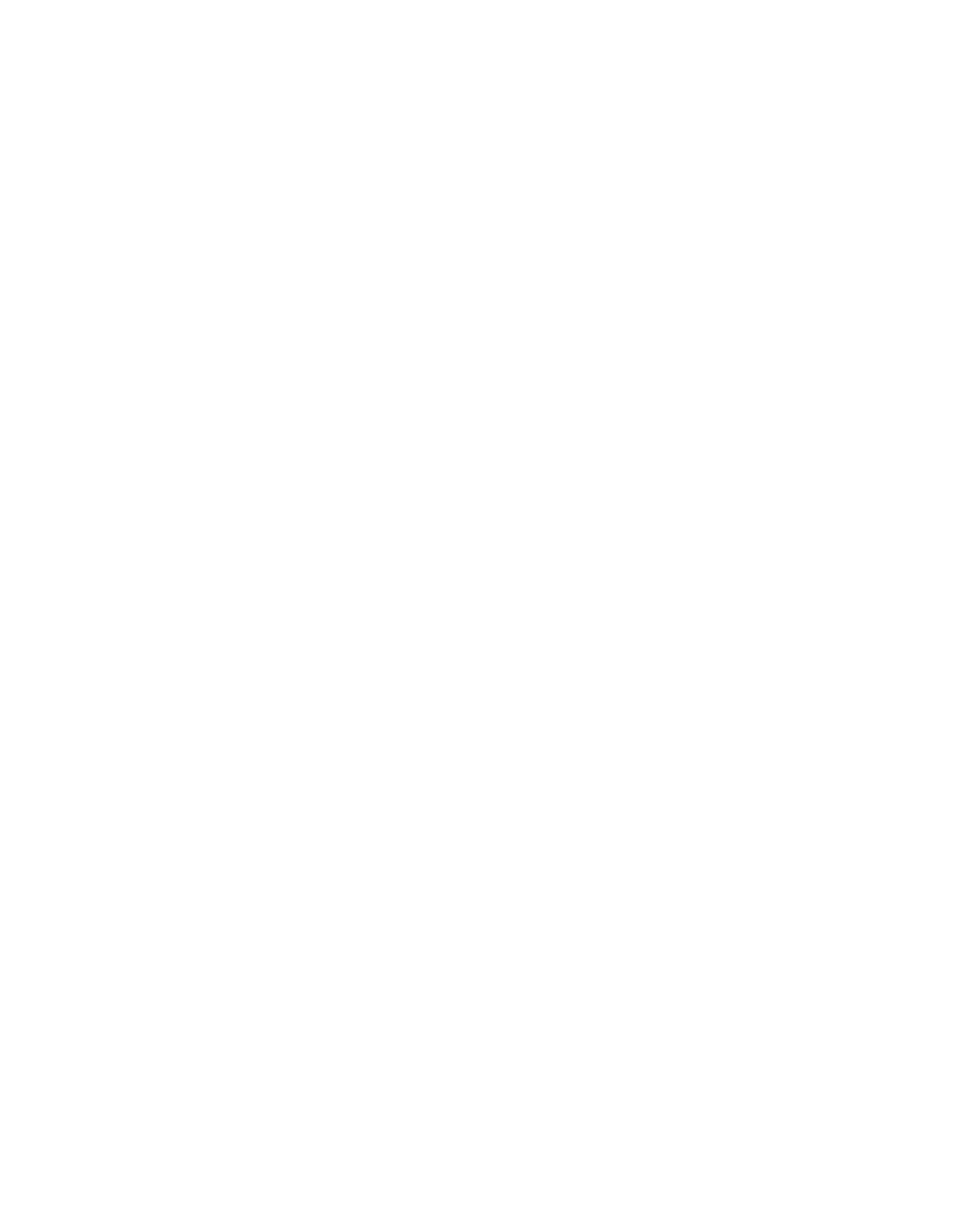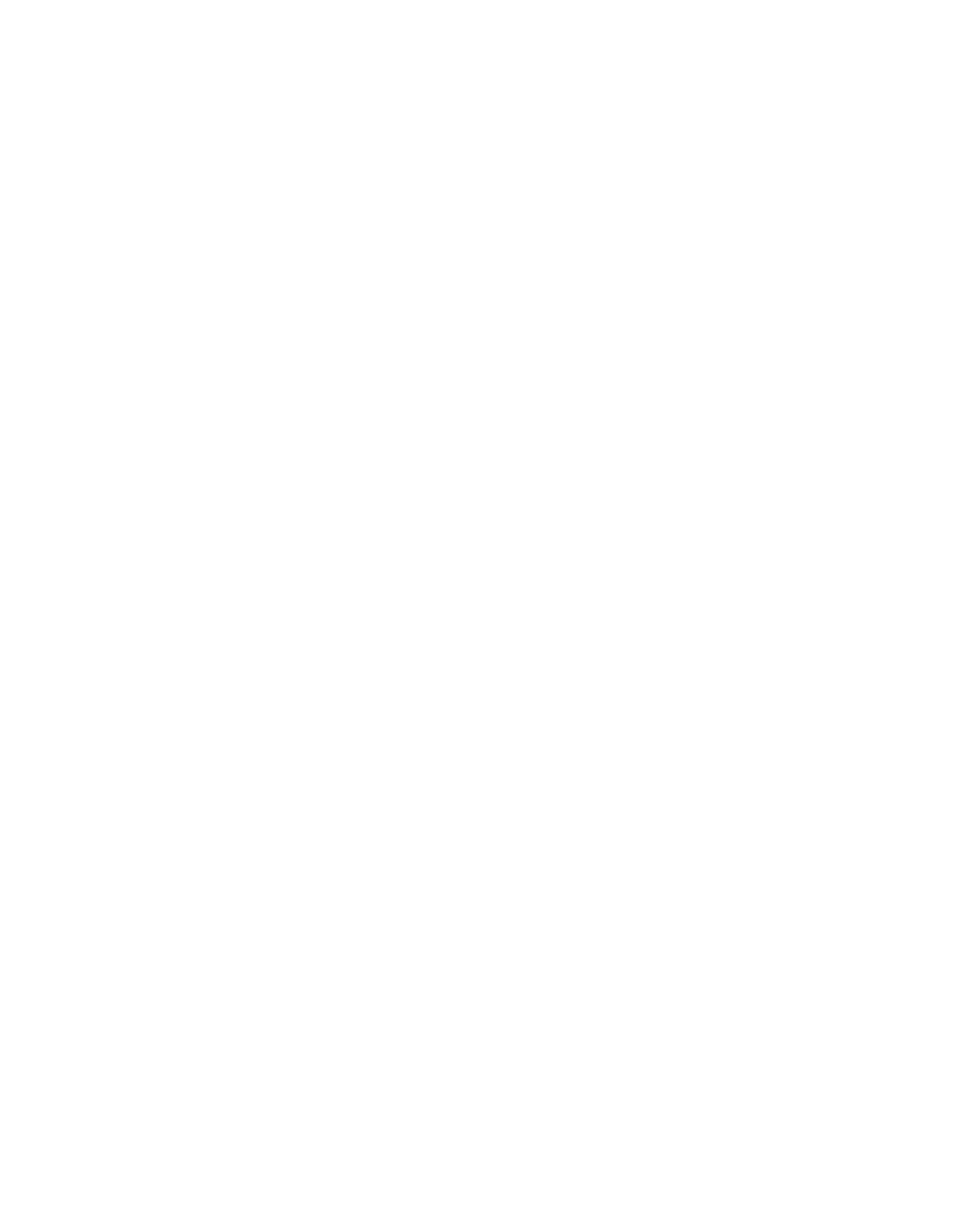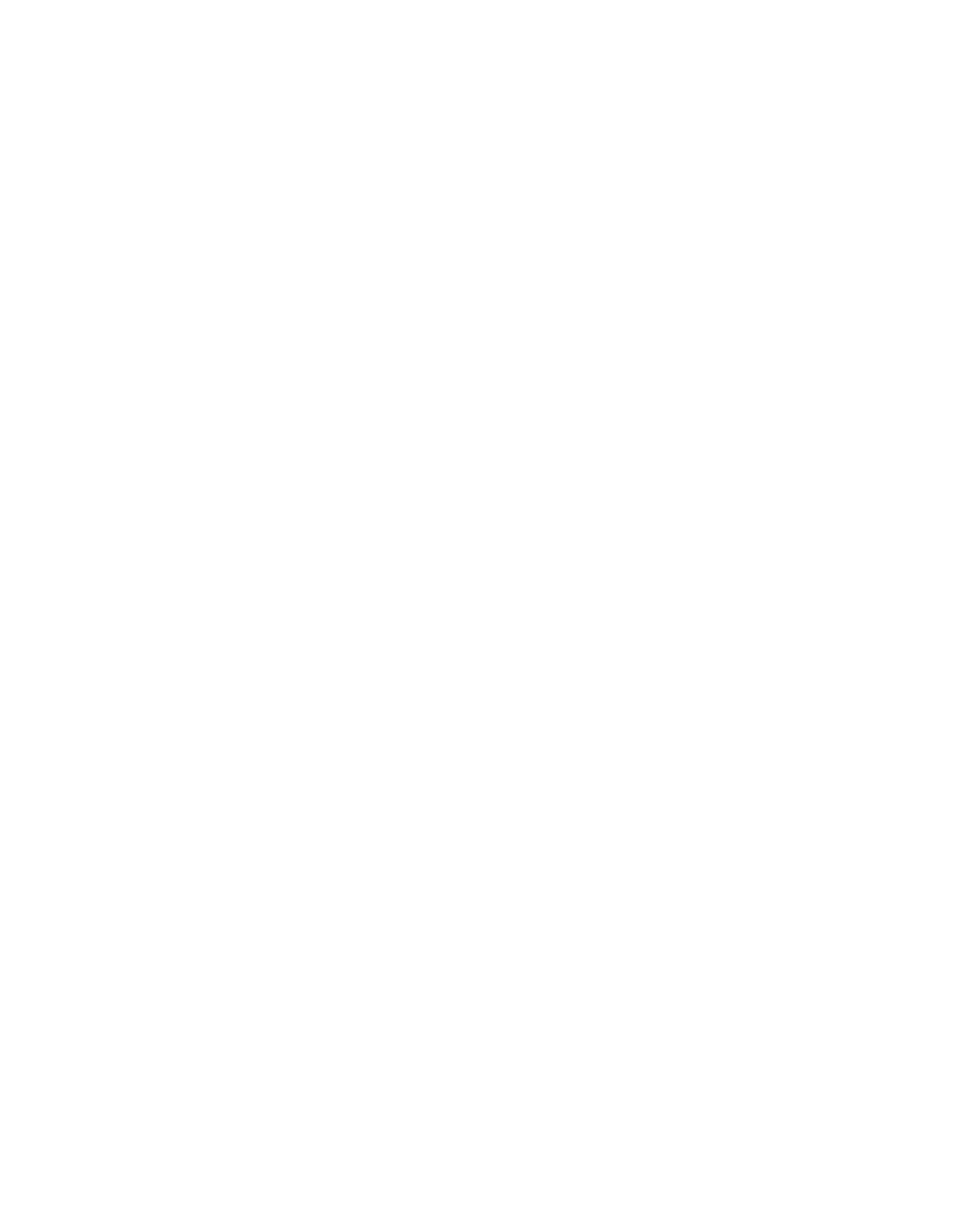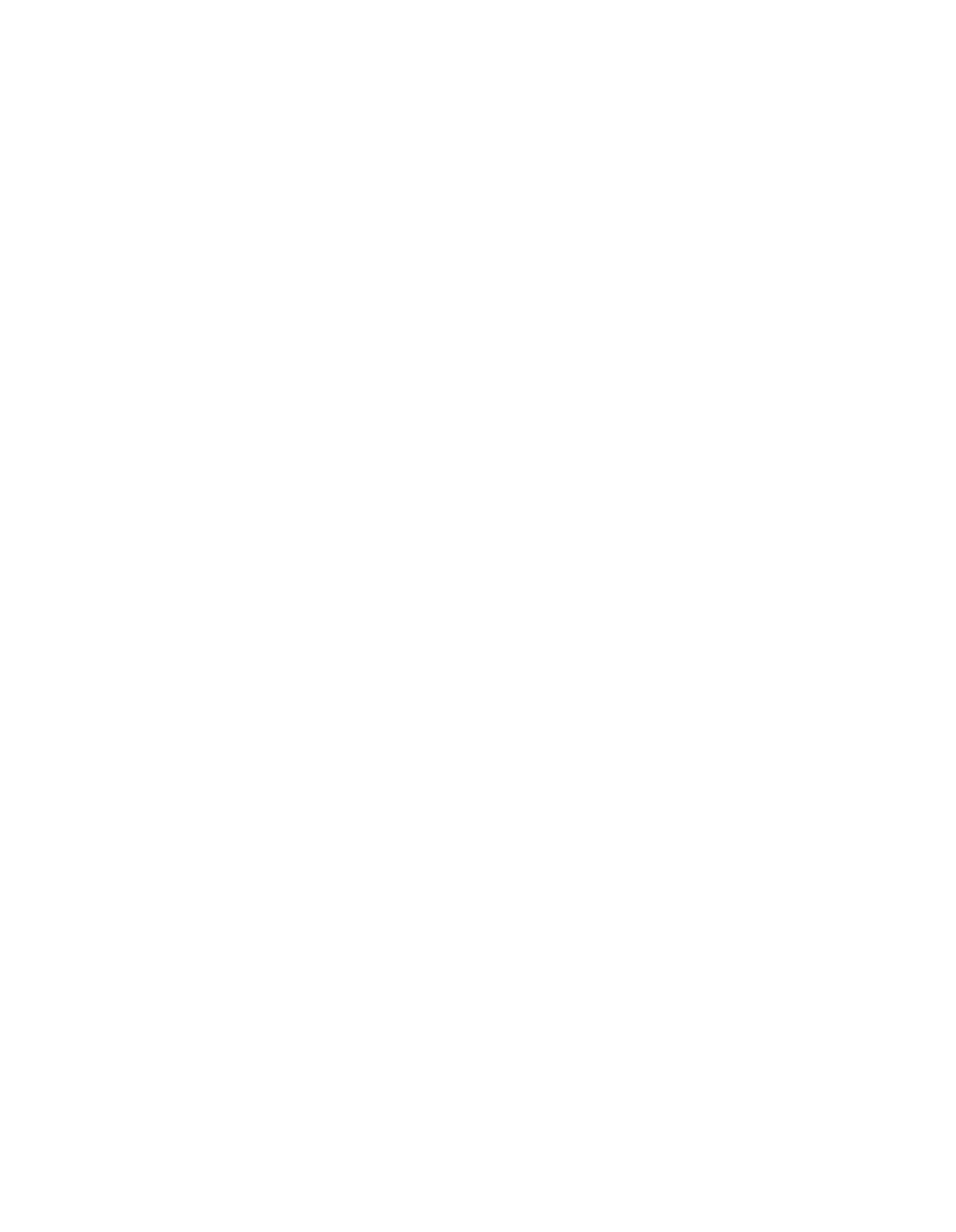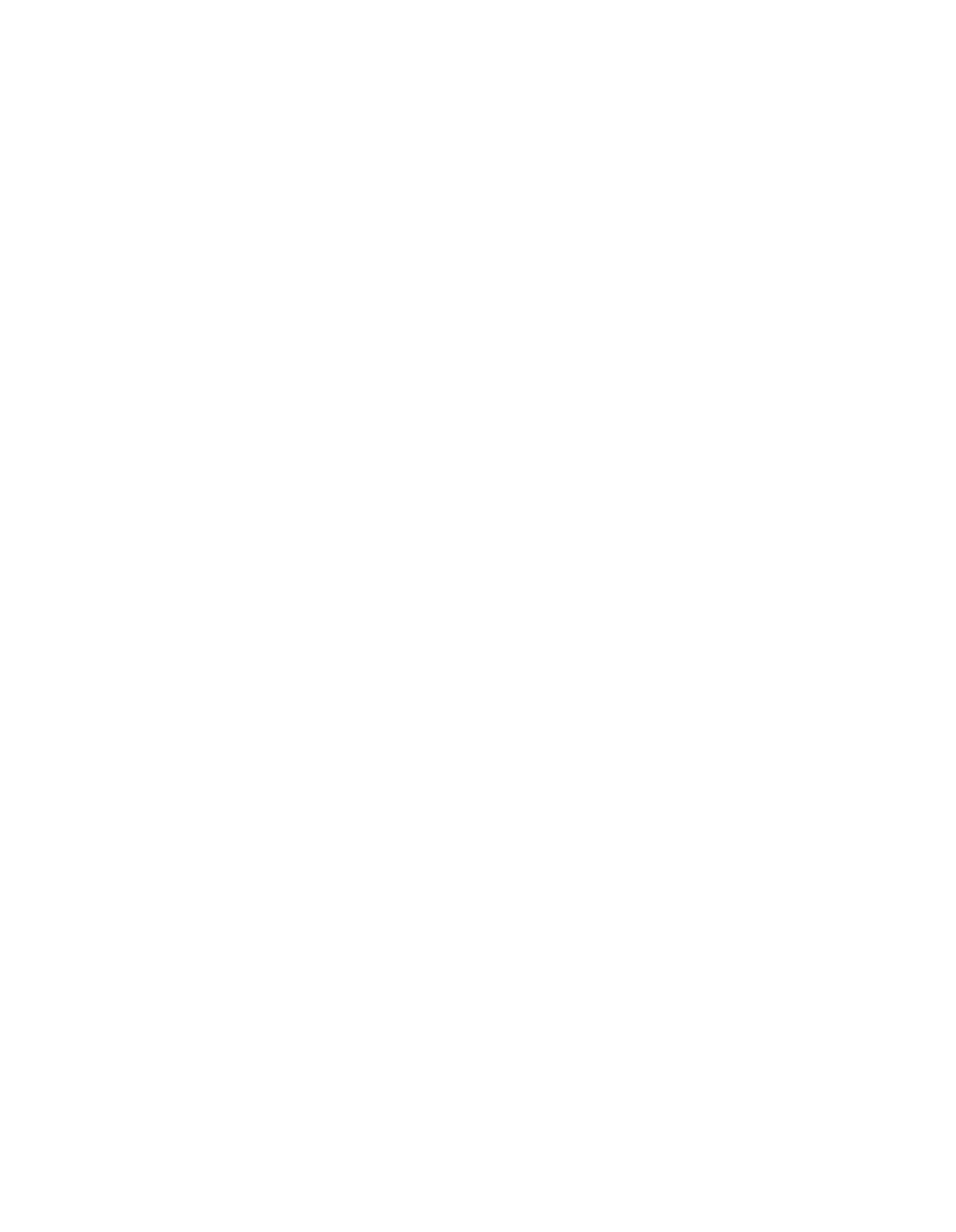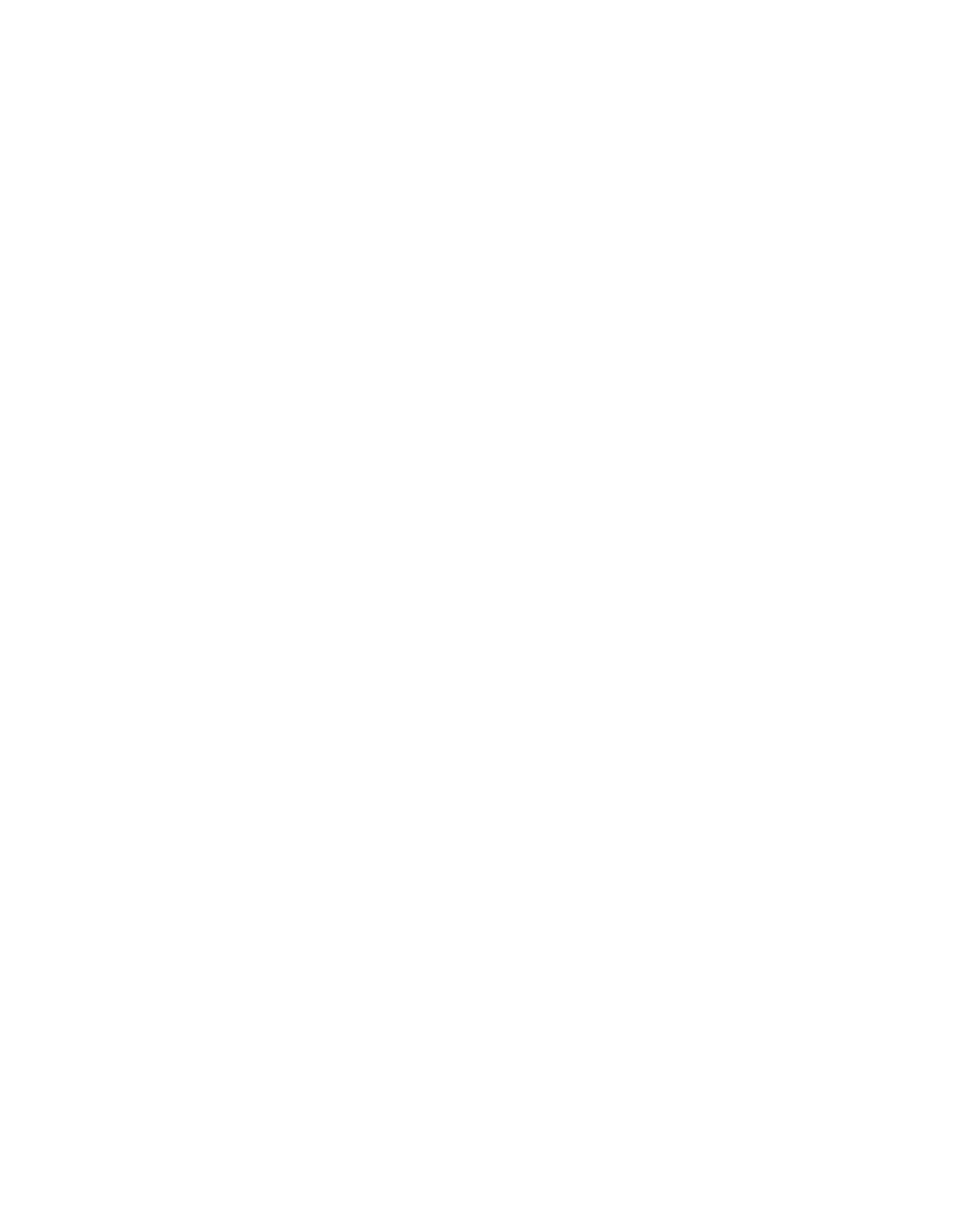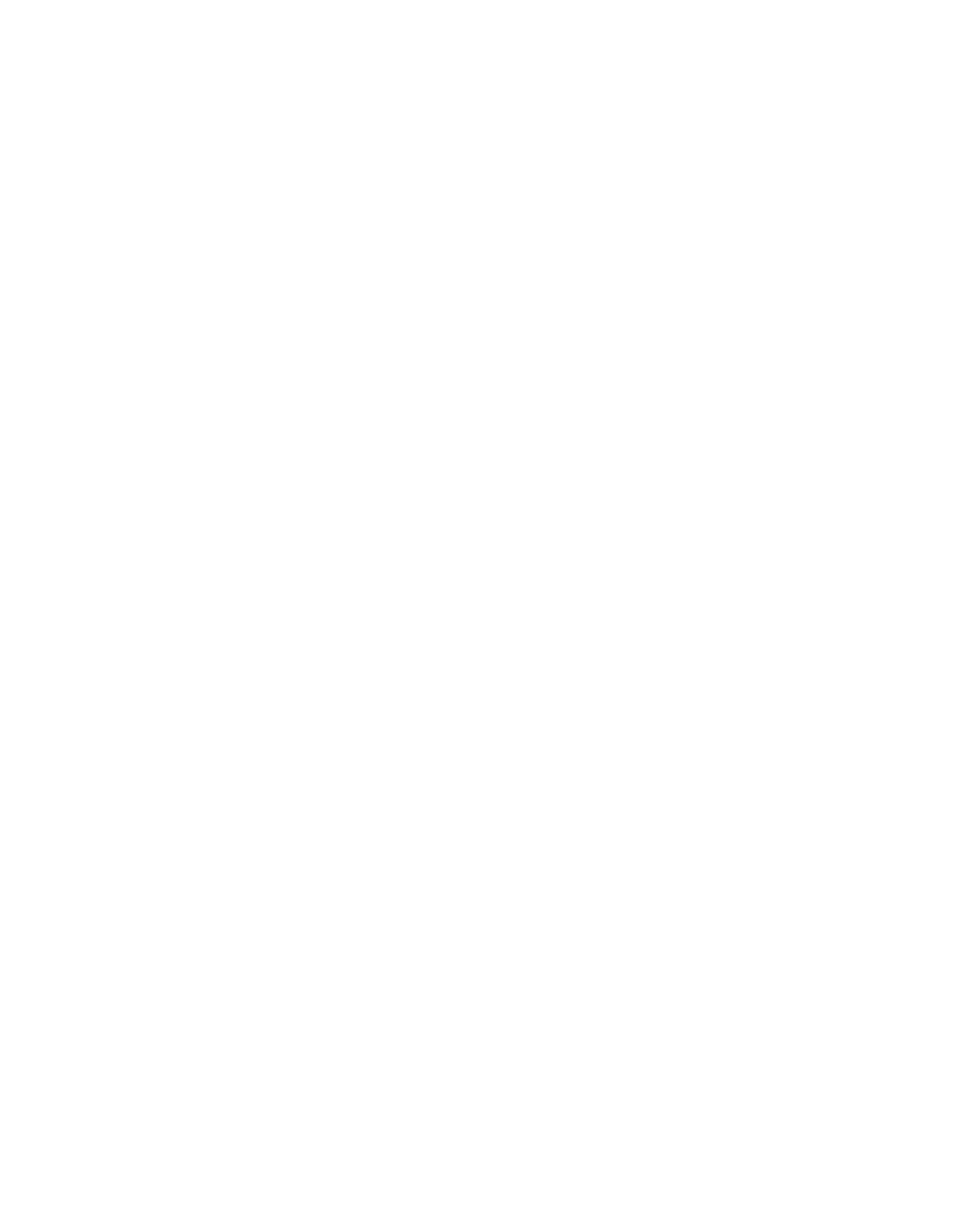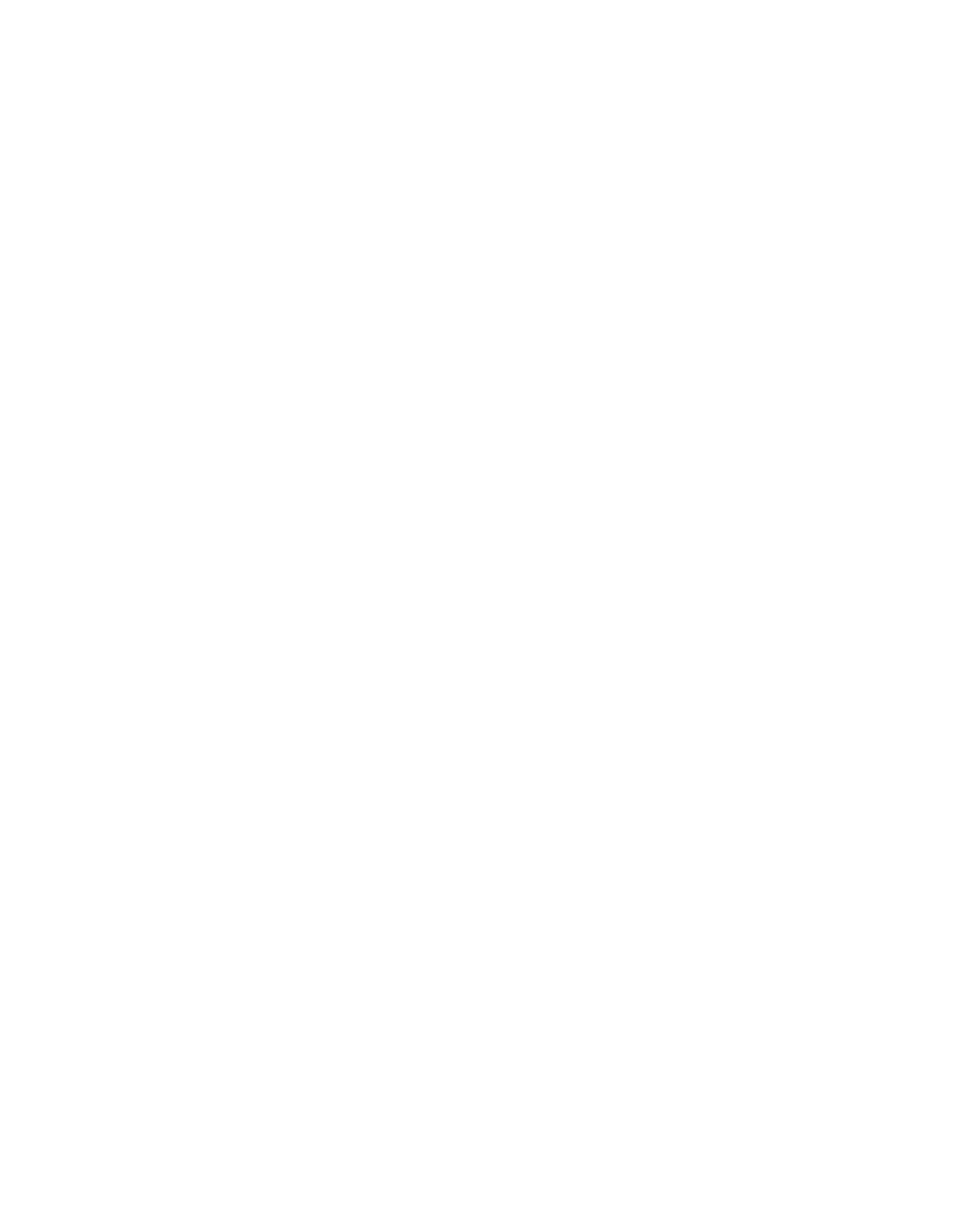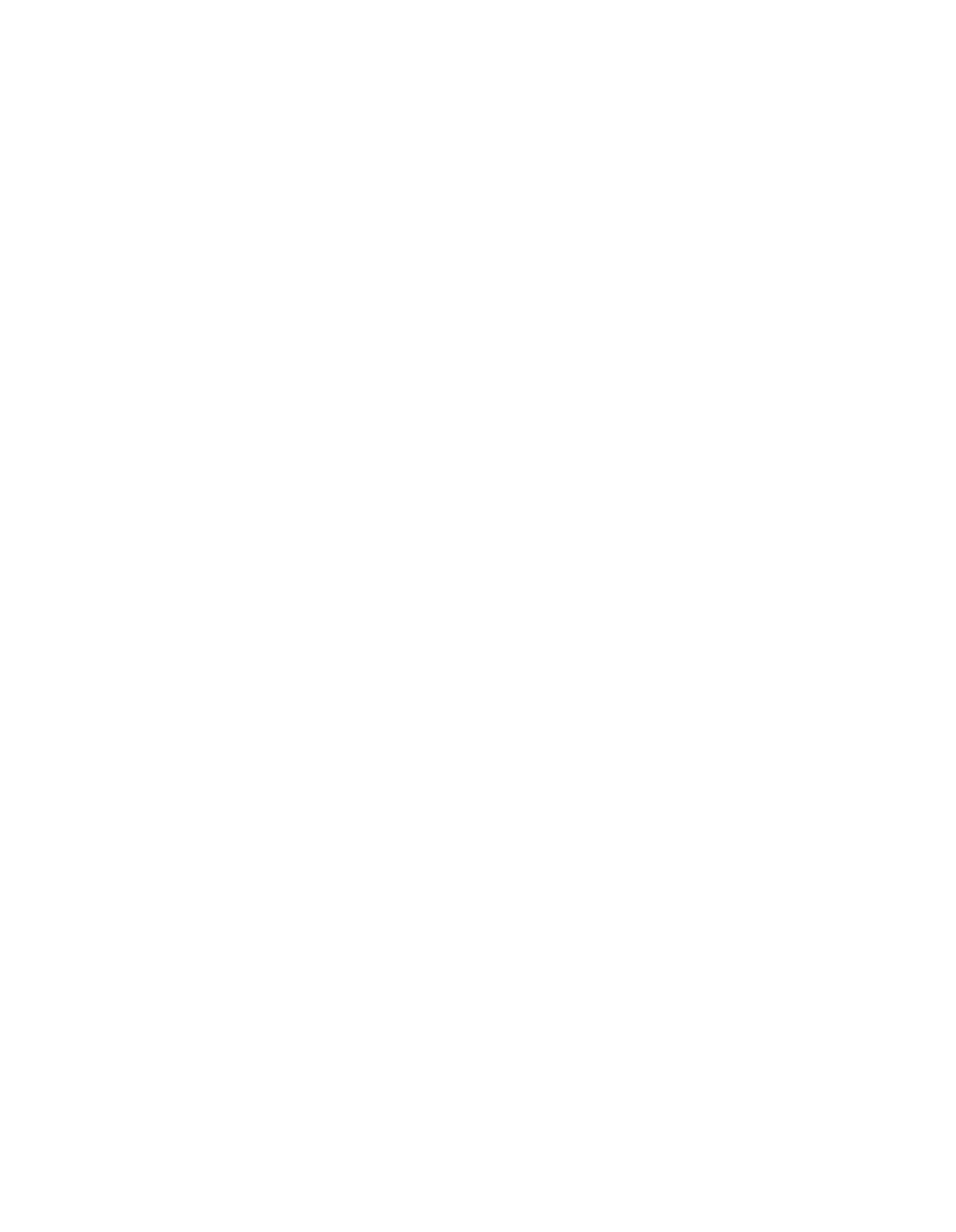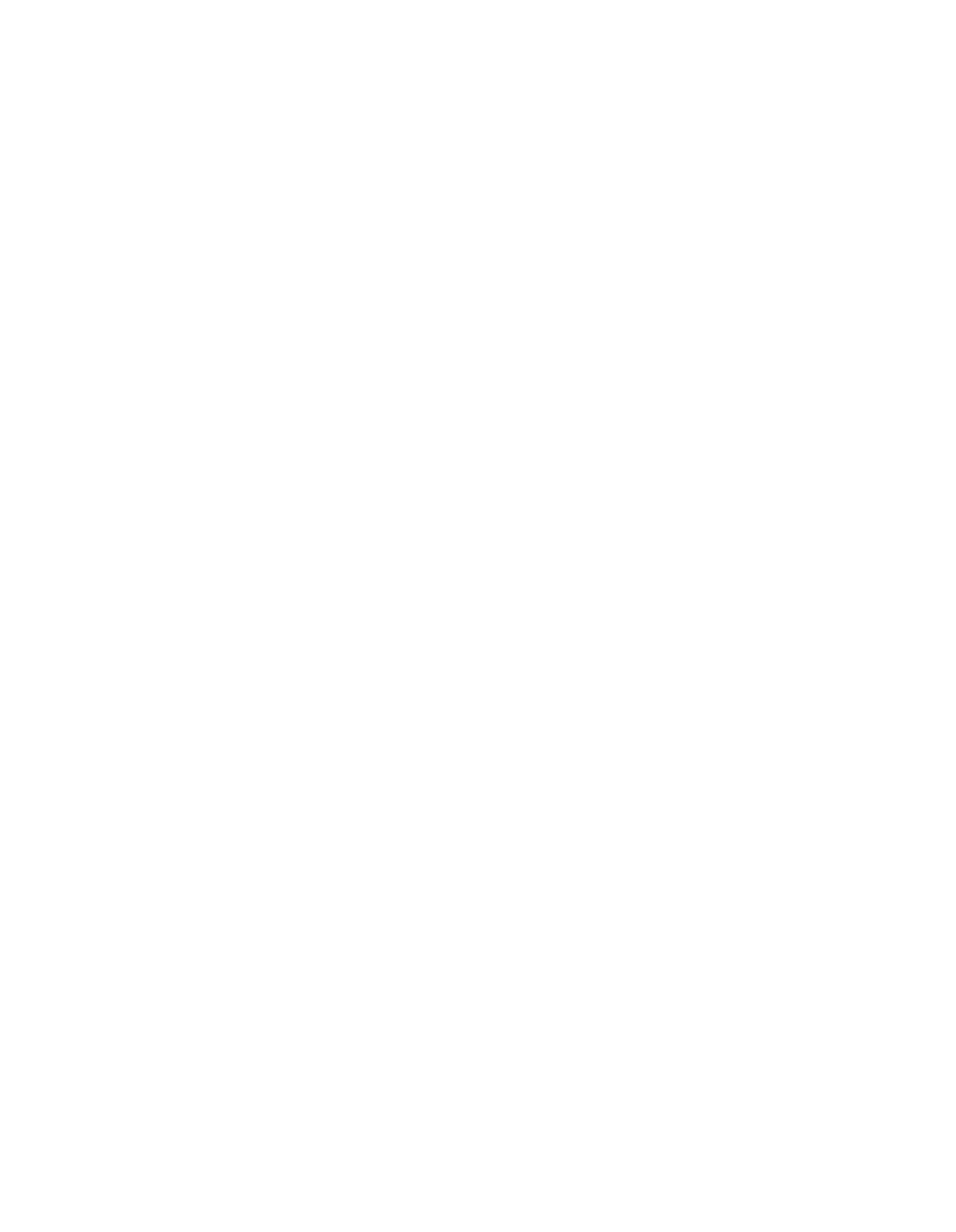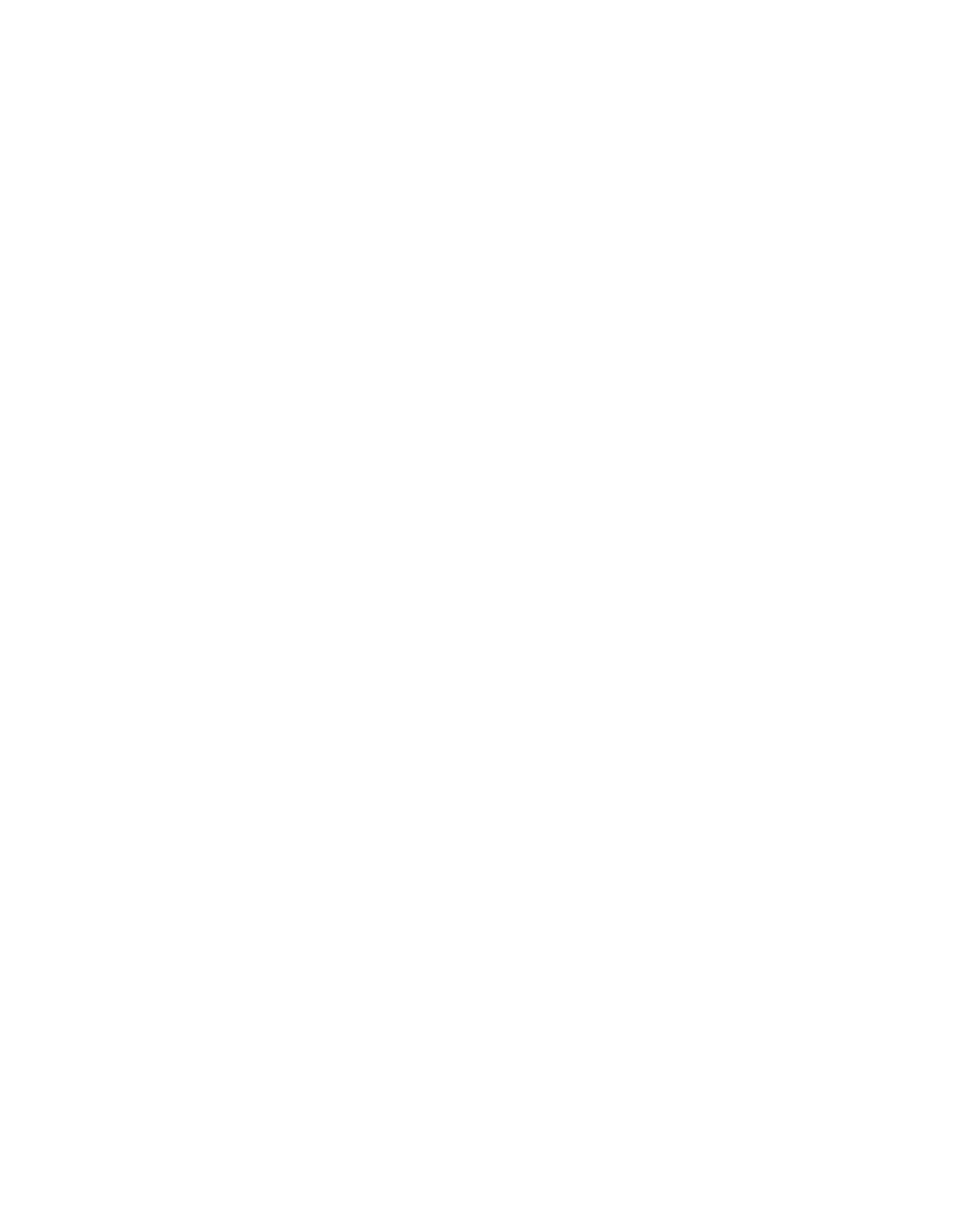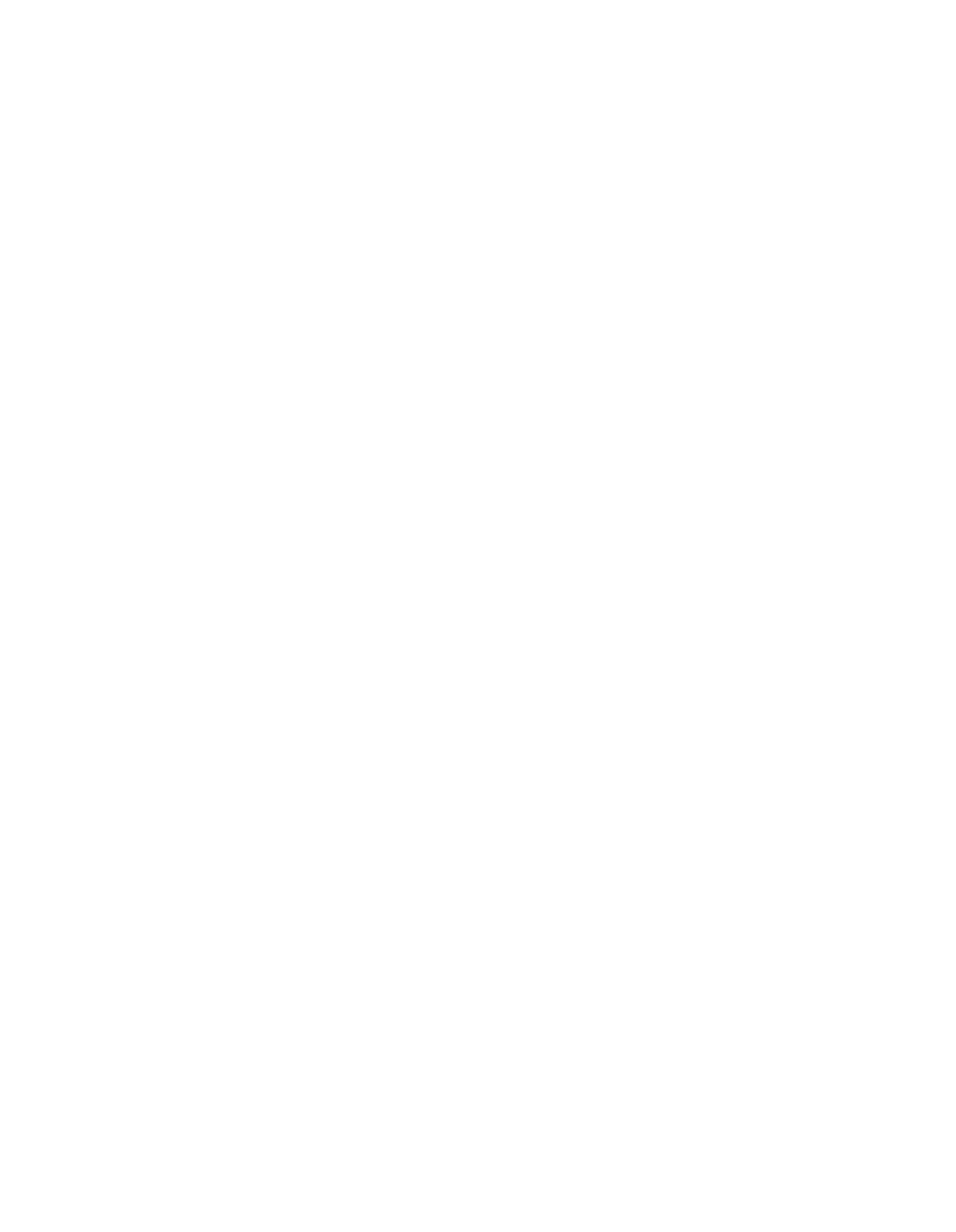~EC~VED
CLERK’S OFFICE
BEFORE
THE ILLINOIS POLLUTION CONTROL BOARD
AUG
022004
IN
THE MATTER OF:
CLEAN-UP PART III
AMENDMENTS TO
35
ILL.
ADM. CODE PARTS 211,218
A1’~1D
219
)
)
)
R04-20
)
(Rulemaking
—
Air)
)
)
STATE OF IWNOIS
Pollutj~~
Control Board
PROOF OF SERVICE
I, the undersigned, certify that I have served the attached Motion for Leave To File Post-
Hearing Comments and Post-Hearing Comments
ofJefferson Smurfit Corporation (U.S.)
upon:
Ms. Dorothy M.
Gunn
Clerk ofthe Board
Illinois Pollution Control
Board
100 West Randolph Street
Suite
11-500
Chicago, Illinois
60601
Charles B.
Matoesian, Esq.
Assistant Counsel
Illinois Environmental Protection Agency
1021
North Grand Avenue East
Post Office Box 19276
Springfield, Illinois 62794-9276
Jonathan Fun, Esq.
ChiefLegal
Counsel
Illinois Department ofNatural Resources
One Natural Resource Way
Springfield, Illinois
62702-127 1
N. LaDoima Driver,
Esq.
Hodge Dwyer Zeman
3150 Roland Avenue
Post Office Box
5776
Springfield, Illinois 62705-5776
Richard R.
McGill, Jr.
Hearing Officer
Illinois Pollution Control Board
100 West Randolph Street
Suite 11-500
Chicago, Illinois 60601
Matthew Dunn, Division Chief
Office ofthe Attorney General
Environmental Bureau
188 West Randolph,
20th
Floor
Chicago, Illinois
60621
Robert A. Messina, Esq.
General Counsel
Illinois Environmental Regulatory Group
3150
RolandAvenue
Springfield,
Illinois 62703
Claire A. Manning, Esq.
Posegate & Denes, P.C.
111
N.
Sixth
Street
Springfield,
Illinois 62705
by depositing said documents in
the United States Mail, postage prepaid, in Clayton,
Missouri,
on July
3q2004
R~)C.Cobb, Jr.
RECEn/ED
CLERK’S OFFICE
BEFORE
THE ILLINOIS POLLUTION CONTROL BOARD
AUG
02
2004
STATE OF ILLINOIS
IN THE MATTER OF:
)
Pollution Control Board
)
CLEAN-UP PART III
)
R04-20
AMENDMENTS TO
35 ILL.
)
(Rulemaking
-
Air)
ADM. CODE PARTS 211,218 AND 219
)
)
MOTION FOR LEAVE TO
FILE
POST-HEARING COMMENTS
For the reasons stated below, JEFFERSON SMURFIT CORPORATION (U.S.)
(“Smurfit”)
requests leave ofthe Illinois Pollution Control Board to file the attached Post-Hearing Comments
in R04-20, a rulemaking to
amend portions
for Parts
211, 218, and 219 of Title 35
ofthe Illinois
Administrative Code.
Smurfit first learned ofthe referenced rulemaking during a conference
call with Illinois EPA on
Wednesday June 30, 2004, to discuss settlement of a May 2003
enforcement action that relates in
part to the actual ERMS
(“Emission Reduction Market System”) seasonal VOM emissions of
Smurfit’s
Schaurnburg, Illinois
flexible packaging facility.
For background, the Schaumburg plant operates five rotogravure stations and one flexographic
press that use solvent-based materials.
The rotogravure stations are controlled by a thermal
oxidizer, while the flexographic press is controlled by a catalytic oxidizer.
When the thermal
oxidizer was installed in
1989, the facility also installed field-engineered enclosures around the
rofogravure stations.
lllinois EPA determined that tlus
system had 95
capture and
did not
require capture testing.
The catalytic oxidizer was also installed in
1989.
At that time, using a
capture testing method that was then accepted by JEPA, the capture efficiency was determined to
be 90.1.
In its
subsequent reporting, including
its ERMS reporting and reconciliation prior to
2003, the facility assumed
95
capture for the rotogravure stations and 90.1
capture for the
flexographic press.
These were
also the capture efficiencies used to determine the facility’s
baseline ERMS emissions.
In September and early October 2002 and February 2003, because it was advised by outside test
experts that capture testing
using a temporary total enclosure was impracticable, an
outside firm
performed capture testing on the rotogravure stations and the flexographic press using a protocol
approved by U.S. EPA and Illinois EPA.
The protocol tracked the alternative procedures
proposed to
be expressly
incorporated into the Illinois VOM rules in R04-20.
After conducting the tests
—
which were
extremely costly and presented difficulties because of
the reactive nature ofthe materials used by the plant
—
it was determined that thr~e
of the
rotogravure units had a capture efficiency of 94.4,
with a Data Quality Objective (“DQO”) of
3.57.
It is our current understanding that, after much resistance~
Illinois
EPA will accept this
result as establishing the capture efficiency that can be used to calculate ERMS seasonal
emissions
from these three stations.
For the other two rotogravure stations, the capture
efficiency measured during six test runs has ranged from 99.9
to
122.6,
with an overall
average of 111.1 ~
Because the results have been so high (individual runs greater than
105),
this
testing has been rejected.
Moreover, it is Illinois EPA’s position that in the absence of a test
that either uses a temporary total er~c1osure
or meets the DQO (in the absence ofa total
enclosure), the Illinois rules require that capture efficiency must be deemed to be zero in
calculating ERMS seasonal emissions.
For the flexographic press, capture testing in October 2002 showed
an average capture of 95.4
with a DQO of 7.35
and lower confidence limit (“LCL”) of92.3.
Illinois EPA has asserted
that U.S. EPA guidance mandates that the LCL cannot be used in determining a facility’s ERMS
seasonal emissions, and that here again, strict application ofthe Illinois rules
would require that
the capture efficiency for calculating ERMS seasonal emissions be zero.
In the June 30
discussion with Illinois EPA, in response to questioning about what in the ERMS
rulemaking
supported the agency’s position, the agency indicated that its position would be
incorporated
into
the rules by a pending rulemaking that was through the public comment period
and was awaiting the Board’s decision.
In the follow-up
to this discussion, we found
information about the R04-20 rulemaking on the Board’s website.
We note that there was nothing in
Illinois EPA’s
initial rulemaking petition that would have
alerted Smurfit,
other regulated entities, or the public, that the proposed rule was intended to
have such a significant impact on sources subject to ERMS.
In the petition, the agency declared
that:
“The proposed amendments
are simply a ‘clean-up’ ofexisting regulations which result
from discussions with the USEPA and industry and which will reduce the burden of
complying with certain provisions and increase the flexibility for complying with certain
other provisions.”
The agency’s synopsis ofthe proposal continued, in part:
“Because
the changes
were not
substantive, no technical
support documents or written testimony
are provided.
.
..
Any impacts
that might occur
as
a result of the proposed changes will benefit the users without adverse
economic or environmental impacts.
.
.
This characterization ofthe proposal by Illinois EPA explains why we received no alert
from the
various business groups we belong to and work with about the pending rulemaking.
We also
believe that we have acted with
reasonable promptness
after learning of the rulemaking and that
our Schaumburg facility’s circumstances will help
to provide the Board with a concrete example
of the application of the capture
efficiency testing portion ofthe rulemaking that will assist its
deliberations.
The Schaumburg example demonstrates a situation where the proposed changes,
depending upon the language adopted by the Board, can have a clearly substantive impact on the
rights of regulated entities.
Smurfit therefore respectfully request that the Board accept and consider the attached comments
prior to
its First Notice.
Respectfully submitted,
Jefferson Smurfit Corporation (U.S.)
By______
Roy
c7’
~obb,
Jr.
5enioi\.~nvjronmental
Counsel
Jefferson Smurfit Corporation (U.S.)
8182 Maryland Avenue
Clayton, Missouri 63105
Tel.
314-746-1154
FAX
314-746-1333
Dated:
July
3~,
2004
RECE~VED
CLERK’S OFFICE
BEFORE
THE ILLINOIS POLLUTION CONTROL
BOARD
STATE OF ILLINOIS
Pollution Control Board
IN
THEMATTEROF:
)
)
CLEAN-UP PART III
)
R04-20
AMENDMENTS TO
35
ILL.
)
(Rulemaking
-
Air)
ADM. CODE PARTS 211,218 AND
219
)
)
POST-HEARING COMMENTS
OF
JEFFERSON
SMURFIT CORPORATION (U.S.)
For the reasons stated in
the attached Motion for Leave To File Post-Hearing Comments,
Jefferson Smurfit Corporation (U.S.) (“Smurfit”) is submitting
these comments after the close of
the pre-first notice public comment period for Rulemaking R04-20.
BACKGROUND
Smurfit and its
affiliates operate 20 industrial facilities in Illinois, including two
facilities in the
Chicago area
—
a folding carton plant in
Carol Stream and a flexible packaging plant in
Schaumburg
—
that use solvent-based printing and coating materials and control devices to
reduce emissions ofvolatile organic material
(“VOM”).
As
a result, Smurfit is directly affected
by the capture-efficiency testing portion ofthe proposed rulemaking.
These coniments are
directed solely to this
portion ofthe rulemaking.
The Carol Stream folding carton plant,
in addition to other equipment,
operates two solvent-
based eight-station rotogravure presses, each controlled by a separate thermal
oxidizer.
The
Carol Stream plant did capture testing
using a tempoi-ary total enclosure in
1995.
The Schaumburg plant operates five rotogravure stations and
one flexographic press
that use
solvent-based materials.
The rotogravure stations at the Schaumburg plant are controlled by a
thermal oxidizer, while the flexographic press is controlled by a catalytic oxidizer.
When the
Schaumburg thermal oxidizer was installed in 1989, the facility also
installed field-engineered
enclosures around the rotogravure stations.
At that time, Illinois EPA determined that this
system had
95
capture
and did not require capture testing.
The catalytic oxidizer was also
installed in
1989.
At that time, using a capture testing protocol that was then accepted by IEPA,
the capture efficiency was determined to be
90.1.
In its
subsequent reporting, including its
•ERMS (“Emission Reduction Market System”) reporting and
reconciliation prior to 2003, the
Schaumburg facility assumed
95
capture for the rotogravure stations and 90.1
capture for the
flexographic press.
These were also
the capture
efficiencies used to determine the facility’s
baseline ERMS emissions.
In 2002, since the Schaumburg flexible packaging plant had not performed capture testing using
one ofthe methods expressly approved by U.S.
EPA, it was directed to do
capture testing by
U.S. EPA.
At that time,
Smurfit was advised by outside test experts that visited the plant that
capture testing using a temporary total
enclosure was impracticable.
Smurfit then obtained U.S.
EPA’s and Illinois EPA’s approval of a test protocol that
determined capture efficiencyby
weighing and analyzing the materials used compared to the gaseous VOM in the oxidizer inlet.
The protocol used the measurement and analytical techniques
in the alternative procedures that
would be
expressly incorporated into the Illinois VOM rules if the proposed rulemaking R04-20
is finally adopted.
In September 2002 and February 2003,
an outside firm performed capture testing on
the
rotogravure stations
using the approved protocol.
After conducting the tests
—
which were
extremely costly and presented difficulties because ofthe reactive nature of the materials used by
the plant
—
it was determined that three of the rotogravure units had a capture efficiency of
94.4,
with a Data Quality Objective (“DQO”) of 3.57.
For the other two rotogravure stations,
the
capture efficiency measured during six test runs ranged from 99.9
to
122.6,
with an
overall average of 111 .1.
Under U.S. EPA guidance, test runs with capture efficiency greater
than
105
(four ofthe six runs) cannot be
used.
Illinois EPA has rejected this testing.
Moreover, despite the overwhelming engineering
and test evidence supporting that the units have
a very high
capture efficiency, and Illinois
EPA’s prior engineeringjudgment that the capture
efficiency was 95,
the agency has taken the position that
in the absence of a test that either uses
a temporary total enclosure or meets the DQO (in the absence of a total enclosure), the Illinois
rules
—
at least as interpreted by the agency
—
require that capture efficiency must be deemed to
be zero
in calculating ERMS seasonal emissions.
Smurfit understands that Illinois
EPA believes
that the current rulemaking will codify its interpretation.
For the flexographic
press, capture testing in October 2002 showed an average capture of
95.4
with a DQO of 7.35
and lower confidence limit (“LCL”) of92.3.
Illinois
EPA has asserted
that U.S. EPA guidance mandates that the LCL cannot be used in
detennining a facility’s ERMS
seasonal emissions,
and that here again, strict application of the existing Illinois rules would
require that the capture efficiency for calculating ERMS seasonal emissions be zero.
And again,
Illinois EPA apparently believes that the current rulemaking will codify this interpretation of the
existing rules.
In May 2003,
Smurfit received an NOV from
Illinois EPA that alleged a number of violations, a
portion of which related to whether the Schaumburg plant had accurately
calculated its seasonal
ERMS emissions from 2000 on.
Smurfit
first learned that there was a rulemakingproceeding
that might impact the use of capture efficiency testing in
a June 30 conference call with Illinois
EPA.
In the follow-up to this
discussion, we found information about the R04-20 rulemaking on
the Board’s website.
L
2
CAPTURE EFFICIENCY TESTING PROPOSAL
Illinois EPA’s
Statement
ofReasons in its initial rulemaking submittal for R04-20 declared that:
“The proposed amendments are simply a ‘clean-up’ of existing regulations which result
from discussions with the USEPA and industry and which will reduce the burden of
complying with certain provisions and
increase the flexibility for complying with certain
other provisions.”
The agency’s synopsis of the proposal continued, in part:
“Because the changes were not
substantive,
no technical
support documents or written testimony are provided.
...
Any impacts
that might occur as a result ofthe proposed changes will benefit the users without adverse
economic or environmental impacts.
..
Similarly, the Board’s January 22, 2004 order accepting the rulemaking proposal stated:
“...
The Agency describes its proposed amendments as non-substantive corrections and
updates.
“...
The Agency describes the proposed amendments
as non-substantive corrections and
updates; ‘simply a “clean-up” that will ‘reduce the burden’ of and
‘increase the
flexibility’
in, demonstrating compliance.
.
A major part of the Agency’s capture efficiency testing proposal
does in
fact match this
description.
Smurfit
strongly supports amending the Illinois rules to allow full use of all capture
efficiency test protocols and methods already approved
by U.S. EPA and to provide the
maximum possible flexibility
for Illinois EPA to approve
alternative methods ofmeasuring
capture
efficiency.
However, as indicated below,
Smurfit believes
that certain aspects ofthe
Agency’s proposed changes
and supporting testimony are inappropriate and might have a
substantial adverse impact on regulated facilities.
U.S.
EPA Guidance
One ofthe documents Illinois EPA has relied upon to
support its proposal is U.S. EPA’s January
9,
1995
“Guidelines
for Determining Capture Efficiency” (“Guidelines”).
The Guidelines
describe U.S.
EPA’s recommended protocols for testing capture efficiency using total
enclosures.
As
Illinois EPA has indicated, the Guidelines also include “alternative” protocols for
capture testing without a total enclosure if the collected data meets either one oftwo statistical
tests.
The
first statistical test
—
the “Data Quality
Objective” (“DQO”)
—
requires
that both the upper
and lower 95
confidence limits (as determined by the two-sided f-value) be within
0.95
and
1.05
times the measured average capture efficiency.
A capture efficiency test meeting the DQO
3
can be used for all purposes, including demonstrating noncompliance (if the measured DQO
capture efficiency is less than that required by the applicable rule or permit condition) and
establishing emission credits.
One serious drawback of the DQO approach, which is illustrated
by what happened at our Schaumburg plant,
is that it is difficult to
obtain a
series ofthree runs
that meets U.S.
EPA’s specified
DQO of
5.
As a result, two
or more rounds of testing are likely
to be required.
These
tests are extremely costly and impose a serious burden on affected
facilities.1
The second statistical test
—
the “Lower Confidence Limit”
(“LCL”)
—
can be used where the
measured capture
efficiency does not meet the DQO.
As
the name suggests, it is used not to
establish the capture efficiency for the tested emission units, but to establish a lower bound that
is likely below the actual capture efficiency.
As
U.S. EPA indicates, it is analogous to
sources
using
a screening model for assessing air quality impacts.
The screening model likely over-
estimates the actual
impacts, but if the screening model indicates no problem, the source can
avoid use ofmore complex models.
As
described by U.S.
EPA (pp.
15-16):
“The purpose ofthe LCL approach is to provide sources, who may be performing much
better than their applicable regulatory requirement,
a screening option by which they can
demonstrate compliance.
The approach uses
less precise methods and
avoids additional
test runs which might otherwise be needed to meet the DQO while still being assured of
correctly demonstrating compliance.
It is designed to reduce ‘false positives’ or so called
‘Type II errors’ which may erroneously indicate compliance where more variable test
methods are employed.
Because it encourages CE
performance greater than that required
in
exchange for reduced compliance demonstration burden, the sources that successfully
use the LCL approach could produce emission reductions beyond allowable emissions.
Thus, it could provide additional benefits to the environment
as well.”
In addition to
other general requirements, U.S.
EPA has imposed two significant restrictions on
the use of the LCL by facilities that have highly effective capture systems, namely, any runs
greater than
105
are considered invalid (this restriction
also applies to
the DQO); and the LCL
cannot be used if the average measured capture efficiency is
greater than
100
(this limitation
does not apply to the DQO).
John Seitz’s February
7,
1995 transmittal memo for the Guidelines contains the following
statements:
“For the purpose of CE
capture
efficiency
testing to determine compliance with
VOC
ReasonablyAvailable Control
Technology (RACT) requirements,
any ofthe CE testing
methods described in the attached document which
includes the
LCL
are acceptable to
EPA.
...
The LCL should not be used, however, for enforcement purposes
to confirm
noncompliance; sufficient test runs
should be run to meet the DQO protocol.
The
cost of performing such multiple
rounds
of testing is
further
increased by
U.S. EPA-Region V’s current
position that
each
capture test run must extend for at least three hours.
4
“In those situations
where CE
testing is done
to deterniine emission reductions for the
purpose ofestablishing
emission credits for offsets, shutdowns, and trading, the LCL
method
is not appropriate for these applications.
.
.
Smurfit submits that the reason for these stated limitations
on the LCL is quite clear
—
the LCL is
the “lower confidence limit,” a capture
efficiency that is a multiple ofthe standard deviation
below the average measured value.
In other words, there is little likelihood that the actual
capture efficiency is lower than the LCL and
a very significant likelihood that it is higher.
Since
the LCL is the lower bound for capture efficiency, by defmition, an LCL higher than the required
capture efficiency demonstrates compliance, but an
LCL lower than the required capture
efficiency does not demonstrate non-compliance.
Similarly, Smurfit believes the meaning of the
last quoted sentence in the
Seitz memo is to advise that the baseline emissions for determining
emission credits should not be based on the LCL since this
would overstate the baseline
emissions and therefore give the facility emission credits aboye what it should obtain.
To take a
concrete example, in
determining a facility’s ERMS baseline, it would be
inappropriate to use
the LCL capture efficiency
—
without additional facts
indicating that LCL corresponded to the
actual capture efficiency.
However, once the baseline has been established, there is no reason
why the facility should not be able to use the LCL capture efficiency to detern~ine
its actual
ERMS seasonal emissions,
especially since use ofthe LCL capture efficiency will overstate the
VOM emissions that must be accounted for.
Record in R04-20
The testimony ofthe Illinois
EPA witnesses in the two hearings
is less
than clear in
some
respects, especially relating to the acceptable uses ofthe LCL and DQO.
For example, the
witnesses appear to have made contradictory statements as to the use of an LCL capture
efficiency in an enforcement proceeding.
We believe the clearly correct result
—
which is what
U.S.
EPA states
in its guidance document
—
is that the LCL can be used to demonstrate
compliance, but not non-compliance.
The Board should note that the application of a statistical
test to stack testing results
is not the norm.
For example, neither U.S. EPA nor Illinois EPA
requires in
other situations that stack test results have extremely limited “scatter” in order to be
valid.
Moreover, as stated above, the reason why the LCL can be used to
demonstrate
compliance, but not non-compliance, with
capture efficiency requirements is that the LCL is the
“lower confidence limit,” i.e., the expected actual value is very likely to be higher.
If the
calculated LCL is above the required capture efficiency, this
is sufficient to demonstrate
compliance.
The fact that it is below the required capture
efficiency does not demonstrate non-
compliance because the LCL is merely the lower bound
for capture efficiency.2
2
At the
first hearing,
Smurfit believes the
Hearing
Officer correctly questioned whether
parts of Illinois EPA’s
proposal addressed
evidentiary standards.
Smurfit believes that what constitutes
“credible evidence” of compliance
or a violation should not be addressed in this rulemaking.
In
certain
circumstances,
for example, if therewere three
or more valid testruns,
all
of which were beow
the
required
capture efficiency, the results might provide some
credible
evidence of a
violation even though the DQO was not
met.
Similarly, depending upon the precise
circumstances, an LCL lower than
the required
capture efficiency
might
provide credible
evidence of compliance.
Some of the other testimony also
goes to matters beyond the
scope of this rulemaking.
An
example is the testimony
in
the May 6
hearing (Transcript, pp.
18-19) that
in
enforcement proceedings
the
burden
is
on
the
source to
demonstrate compiance.
This would
be a reversal ofthe
normal
burden of proof and certainly should not be the
basis
for accepting the
DQO language
proposed by Illinois
EPA.
5
Smurfit believes that the agency testimony also indicates some misunderstanding about the use
oft-values
in the calculation of the DQO and the LCL.
It is not the case that
a series of capture
test runs that meets the DQO
is more accurate than the LCL.
Instead, the DQO is a measure of
the size of the standard deviation
in the results ofthe test runs.
The DQO is intended to ensure
that the 95
upper and lower confidence limits
are within 5
ofthe measured average capture
efficiency.
It thus relates
to how tightly clustered the measured capture efficiencies
are.
U.S.
EPA’s DQO test requires
that the standard deviation for the measured capture efficiencies
multiplied by the two-sided
95
t-value for the number of runs and divided by the square root of
the number ofruns must be no greater than
5
of the measured average capture efficiency.
Effectively,
this means that to pass the DQO
in three runs, the upper and lower 95
confidence
limits must be within about 2
of the average measured capture
efficiency.
For example, if the
average measured capture efficiency were 75,
the
95
upper and lower confidence limits
would have to be within the range from 73.5 to 76.5.
As the number of valid test runs
increases, the allowed spread for the
95
confidence limits also
increases, so that for six runs it
is almost
5
ofthe measured average.
(Taking again 75
as the average measured capture
efficirncy, the 95
confidence limits would have to be
within 71.3
to 78.7.)
For nine runs, the
allowed spread is
6
1/2
(For
75
capture, the range for the 95
confidence limits would be
70.1
to 79.9.)
As
an example of how the two methods apply to
a specific situation, in the September 2002
testing at Smurfit’s Schaumburg
facility, the measured capture efficiencies for the three runs
were 105.4;
99.9,
and
103.6.
Because the 105.4
was deemed to
exceed
105
maxinrnm
in
the U.S. EPA Guidelines, it was not considered valid by Illinois EPA.3
Moreover, for the LCL
to apply, the average measured capture efficiency must be less than
100.
For sake of example,
the following would be the DQO and LCL if the results ofthe first run had been
95.4
rather
than
105.4.
With this
change, the average capture efficiency measured in the three runs would
be 99.6
with a standard deviation of 4.16.
However, the DQO statistic
would be
10.25
so the
three runs would not meet the DQO, despite what would appear to
be a relatively tight spread
—
95.4,
99.9, and 103.6.
For this hypothetical data set, the LCL would be 95.1.
Because of the
inherent variability
in both stack parameters and~test
niethods~
by having the
105.
cut-offon
valid data, both alternative methods are inherently stacked against equipment that has close to
100
capture without being in
a permanent enclosure that meets U.S. EPA’s total enclosure
specifications.
Taking as a second example a situation in which the capture efficiency is significantly
less than
100,
assume
a facility had three test runs that were
75,
80,
and 70.
The average capture
efficiency would be
75.
The DQO would be
16.56 and the LCL would be
69.6.
Even
assuming an extremely tight spread
—
75,
77.5,
and
72.5
--
the DQO would be 8.28
—
still
above the 5.0 specified
in U.S. EPA’s
Guidelines
—
while the LCL would be 72.3.
This
illustrates that
a source is highly unlikely to meet the required DQO in
one set ofthree runs
If the
105.4 were not excluded,
the
average capture efficiency of the
three runs
would be
103.0.
Even thougl~
the
spread of the three runs
—
ranging
from
99.9 to
I 05.4—
is tight, the DQO would be 6.763.
The LCL (assuming it
could be used when the
average exceeds
100)
would be 99.9.
6
Illinois EPA’s proposed rule language speaks ofrequiring either DQO or total
enclosure testing
for “establishing” credits for offsets, shutdowns, and trading, which in terms ofestablishing an
emission baseline,
is consistent with the meaning ofLCL.
However, Illinois EPA’s
position
outside the rulemaking is that their proposed language would prohibit a facility’s using the LCL
to determine its
actual seasonal emissions.
While we do not believe that a plain reading ofthe
proposed language supports this position, such possible misinterpretations support the
recommendation of the Illinois Environmental Regulatory Group (“IERG”) and Smurfit (see
below) that most ofthe proposed language relating to the use of the DQO and
LCL be deleted
from whatever rule the Board adopts.
Requested
Action
Smurfit strongly supports giving Illinois EPA and facilities in Illinois
the widest possible range
ofmethods
to demonstrate capture efficiency without case-by-case
SIP revisions.
Smurfit agrees
substantially with the comments submitted by IERG relating to the capture efficiency changes
proposed in R04-20, although, as indicated below, it is
reconrmending somewhat different
language for inclusion in the proposed rule.
Smurfit also submits thnt Illinois
EPA’s proposed
language,
which would require a successful DQO test to
demonstrate
compliance in enforcement
actions,
is wrong
and should not be adopted.
Smurfit believes that the appropriate language for the Board to adopt in Section
218.
105(c)(2)
(with equivalent language in
Section 219.1 05(c)(2)) would be
the following.
Changes from
Illinois EPA’s proposal
in the Errata Sheet, Hearing Exhibit 2, are
shown by strikethrough to
show deletions and underlining to
show additions.
The
capture efficiency ofan
emission unit shall be measured using one ofthe protocols
givenreferenced below.
Appropriate test methods to
be utilized in
each of the capture
efficiency protocols are described in Appendix
M of 40 CFR 51
and in USEPA’s
“Guidelines for Deterniining Capture Efficiency” incorporated by reference at Section
218.112.
Any error margin associated with
a test method or protocol may not be
incorporated into the results ofa capture efficiency test.
If these techniques
are not
suitable for a particular process or egui~meflt
configuration, then an alternative capture
efficiency protocol may be
used, pursuant to the provisions
of218.108(b) of this Part.
For purposes of determining capture efficiency using a an alternative protocol in
USEPA’s “Guidelines for Determining Capture Efficiency,” but not in Appendix
M to
40
CFR Part 51, sources shall satisfy the data quality objective (DQO) or the lower
confidence level
limit (LCL) statistical
analysis methodologies as presented in USEPA’s
“Guidelines for Determining Capture Efficiency.” incorporated by reference at Section
218.112 ofthis
Part.
LCL canbe used to
establish compliance with capture efficiency
requirements.
For purpns-es of—establishing emissie~credits for offsets, shutdowns,
trading, and compliance demonstrations
arising in
enforcement matters, the DQO must be
satisfied.
7
Smurfit’s
purpose in suggesting these changes
is:
1.
To place the U.S.
EPA-endorsed capture-testing protocols that
do not use a temporary
or permanent total enclosure on
equal footing with those protocols that
do use such an
enclosure.
There should be no burdenon a facility to prove that a temporary or
pennanent total enclosure is “unsuitable” before it can use another approved method.
This is especially true for those facilities that are only required to achieve 60
or
65
overall control and, hence, generally only need to show a capture efficiency of
around 70,
or even less.
These facilities should be able
to freely use the LCL to
demonstrate compliance.
2.
To
eliminate statements relating to when a particular test method
can and
cannot be
used.
Smurfit believes that such statements would
go beyond the announced scope of
this rulemaking, which is to
incorporate those protocols already approved by U.S.
EPA into the Illinois rules by. reference., Moreover,
‘such statements, unless they are
carefully worked out, would be
subject to possible misinterpretation
—
as evidenced
by Smurfit’s experience at Schaumburg.
To apply this to the fullest extent,
the
statement that the LCL can be used to demonstrate compliance would also be deleted;
however, Smurfit recommends retaining this
sentence to eliminate the apparent
confusion about this issue.
Smurfit respectfully requests that the Board accept
and consider these comments prior to its First
Notice and that any proposed rule language adopted by the Board be revised to be
consistent
with these comments.
Respectfully submitted,
Jefferson Smurfit Corporation (U.S.)
By:_______
Roy ~‘~obb,
Jr.
5enio~nvironmentalCounsel
‘Jefferson Smurfit Corporation (U.S.)
8182
Maryland Avenue
Clayton, Missouri 63105
Tel.
(314)
746-1154
FAX
(314)746-1333
Dated: July
3Q
2004
8
